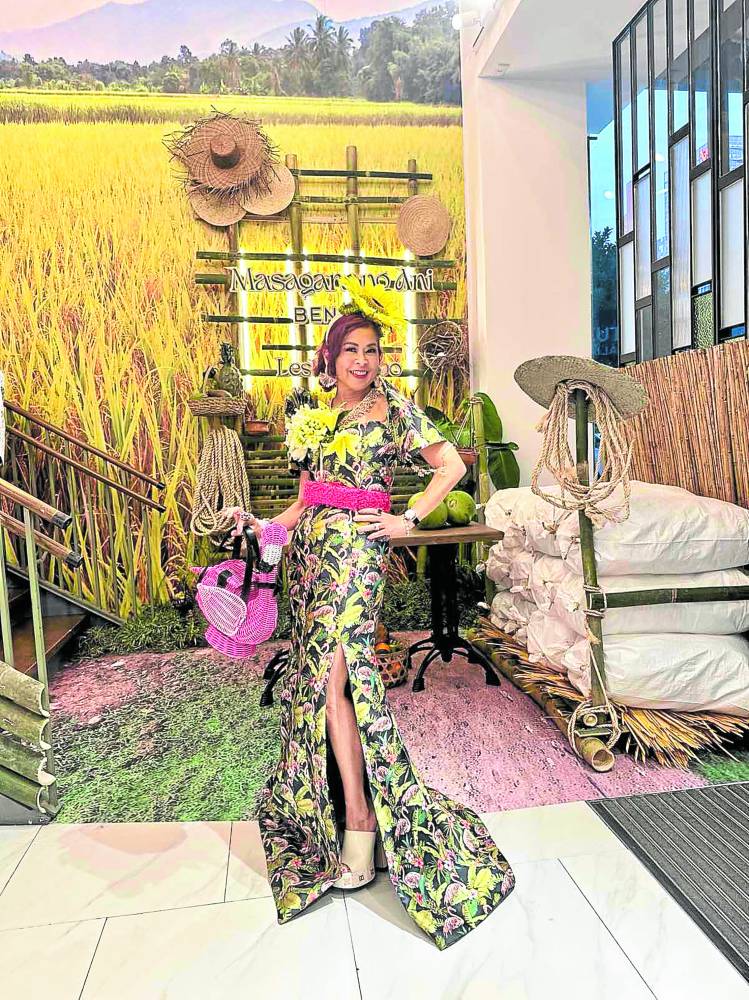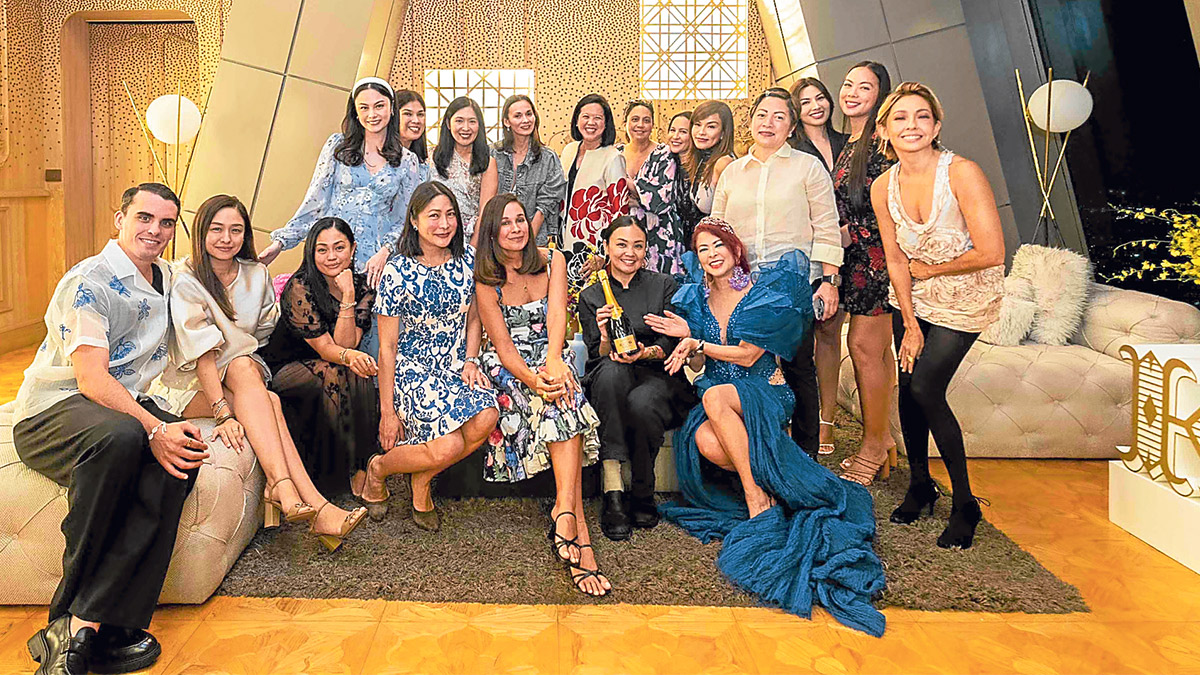Several months ago, my friend Ned and I began plotting a holiday somewhere in Asia. Sharing a love for travel, both of us have independently explored Thailand, Malaysia, Vietnam and Myanmar. Then we realized that seeing the Buddhist temples of Borobudur was part of our individual bucket lists and that we both have not seen much of what Indonesia had to offer.
Ned diligently booked our flights to Indonesia. Then we met up again and planned our itinerary: Do we want to see Komodo dragons, watch the sunrise over active volcanoes, visit the temples, or chill in seaside towns? With 17,508 islands stretching nearly 5,000 km, we had to narrow down our choices to three nights in Bali, two nights in Yogyakarta and one night in Bandung. Santika Indonesia Hotels & Resorts, one of the biggest chains in Indonesia, assisted with our accommodations in Bali, Ubud and Yogyakarta, and our adventure began.
Despite the blissful villas in Bali and Ubud and the bargains in Bandung, Yogyakarta definitely stood out as the highlight of our trip.
Yogyakarta is a convenient base to visit the greatest Buddhist monument in the world, Borobudur. But I did not expect it to be a royal experience. Staying at the Royal Amburrokmo Hotel, I instantly felt like royalty. Within the hotel premises is the Royal Palace residence built between 1857to 1859. It was once a meeting venue for King Hamengkubuwano VII and eventually his family home. It is now the city’s top luxury hotel owned by the Sultan and managed by Santika.
Minutes after our arrival and a welcome marked with a silk scarf draped around our necks, we learned that we were guests of honor at the Royal High Tea in the afternoon. Steeped in tradition, the hotel recreates an authentic high tea every Friday, with the hotel staff trained by royal servants to recreate the traditional tea ceremony.
The ceremony begins with a Patehan procession featuring people in traditional garb and servants squat-walking to serve tea and Tempe Mendoan (soybean cake). A Jemparingan, the traditional archery by palace soldiers follows, with the archers in a cross-sitting position and in traditional Yogyakarta clothes aiming at the target 30 meters away.
If it is your dream to feel like royalty, then book a Royal High Dinner and experience a meal fit for a sultan. Being the guest of honor, I arrived with the royal servants all lined up in a row in welcome. The Bekel or head of the royal servants asked me to sit at the head of the table where I was served by servants arriving in a procession, each one holding a dish. Following royal protocol, guests could not partake of the food until the Sultan started the feast. In the past, this meant that the sultan must first take a bite of his food before the wives and then the kids could eat.
But as guest of honor, I was served first, and the other guests had to wait for my first bite. As we ate, I felt more and more inept to be royalty or even a distinguished guest. The servants stood still, patiently holding each dish while I ate. I worry about them carrying heavy clay pots of rice and waiting for me to ask for seconds.
I felt self-conscious, noting how the servants’ actions were led by their leader, the Bekel. After a few bites, I felt sorry for their now weary arms from carrying the platters of food for some time. But the banquet was a brilliant culinary tour of the different regional dishes of Indonesia. The menu included an appetizer of Gado-Gado, Asinan Bogor, Baliness Tuna, Sate Madura; Oxtail Soup, Rendang Sapi (a coconut beef stew from Padang), Orak-Arik Sayur (Java style veggies and egg), an extra spicy Udang Balado (prawn with hot chili sauce), Opor Ayam (coconut chicken milk stew) and Tongseng Kambing (Yogyakarta lamb stew).
The next day bright and early, we left for Borobudur about 45 minutes away from Yogyakarta. It is the most majestic Buddhist monument, but ironically, a Muslim lady named Atin toured us. While the facts and figures she shared about this volcanic ash structure dating back to the 8th Century were interesting, the oppressive heat made it difficult to focus as there were no trees or shade to keep us cool. The place was filled with symbolism, such as the 504 stupas, a number divisible by 8, the perfect number for Buddhists. There were 10 levels, representing the 10 levels a pilgrim must go through to reach enlightenment. One cannot help but be in awe at how this place was constructed in 75 years without any machinery thousands of years ago.
But the challenge for the tourist in Borobudur today is capturing sights and atmosphere in photographs without a plethora of tourists or students creeping up your viewfinder as they position themselves for good shots as well.
A visit to Kraton, or the sultan’s palace is highly recommended by Yogyakarta residents. The sultan’s home, the museums and the homes of the royal servants are all within a walled city within the city.
What I found really thrilling was the Taman Sari (Water Castle), a secret hideaway built by a Portuguese architect for the first sultan in 1765 with bathing pools for his wives, his children and himself. All of a sudden you feel like you have left Indonesia and are suddenly transported to Europe.
Yet you are still in Yogyakarta and while here, you should make time to visit Prambanan which was built about the same time as Borobudur. This grand Hindu temple complex has over 50 temple sites. Arrive in time for sunset and stay to watch a Ramayana ballet staged on select evenings right at the Prambanan complex. Close to the complex, there are more abandoned Hindu temples now used by photographers for engagement photos.
Our friends from Royal Ambarrukmo brought us to Ratu Boko, close to the Prambanan, with an altitude of 195.97 meters above sea level. Built between the 8th and 9th Century, this temple complex boasts of Buddhist and Hindu archeological remains. A crumbling Buddhist stupa, Dhyani Buddha statues,and stupika have been found here. Around 856 AD, this became the residence of Hindu ruler Rakai Walaing Pu Kumbhayoni. Found here were archeological remains, among them those of the statues of Durga, Ganesha, miniature temples and inscriptions on a gold plate.
Arriving in time for sunset, we managed to snap a few photos before darkness fell upon the grayish stone ruins. I could see why this was perfect for prenuptial photos. The architectural skeleton of these historic temples and royal residence at sunset nicely frame the silhouette of couples in love. The premises close at 6 p.m., but the security guards kindly allowed us to linger and explore. They showed us a cave for a woman and a cave for man, but we were at a loss as to their significance.
As night fell upon the ruins and darkness surrounded us, we walked around gingerly, careful not to trip, fall, or perhaps disturb resting spirits. With his camera’s battery now dead, Ned pulled out his two phones and desperately tried to capture our twilight adventure in the ruins. I did not even bother pulling out my camera, having learned from past travels that no photo could capture a moment like this.
I looked up and there it was—a full moon, the only illumination in the darkness perfectly framed at the center of the ruins. It was glorious. Ned attempted to snap away. I told him, “Savor the moment. Take a photo in your heart.” Without missing a beat, he retorted, “But if it’s not posted on Facebook, it’s not real.” We burst out laughing.
That is the very mystique of Yogyakarta. Blessed with many historical, religious and cultural treasures, yet it quietly exudes a fascinating aura of mystery, awe and power bestowed only to those who care to listen. •
For more delicious moments in food and travel, like Maida’s Facebook page/maidastouch and her blog, www.themaidastouch.blogspot.com to follow her adventures.












































